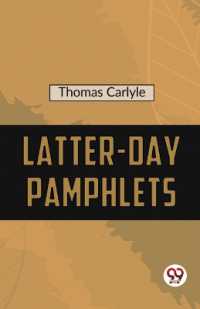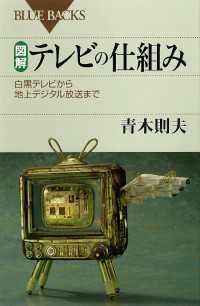Full Description
Student-led peer review can be a powerful learning experience for both giver and receiver, developing evaluative judgment, critical thinking, and collaborative skills that are highly transferable across disciplines and professions. Its success depends on purposeful planning and scaffolding to promote student ownership of the process. With intentional and consistent implementation, peer review can engage students in course content and promote deep learning, while also increasing the efficiency and effectiveness of faculty assessment.Based on the authors' extensive experience and research, this book provides a practical introduction to the key principles, steps, and strategies to implement student peer review - sometimes referred to as "peer critique" or "workshopping". It addresses common challenges that faculty and students encounter. The authors offer an easy-to-follow and rigorously tested three-part protocol to use before, during, and after a peer review session, and advice on adapting each step to individual courses.The process is applicable across all disciplines, content types, and modalities, face-to-face and online, synchronous and asynchronous. Instructors can guide students in peer review in one course, across two or more courses that are team-taught, or across programs or curriculums. When instructors, students, and university stakeholders create a culture of peer review, it enhances learning benefits for students and allows faculty to share pedagogical resources.Student peer review is a high-impact pedagogy that's easily implemented, inculcates lifelong learning skills in students, and relieves the assessment burden on faculty as students collaborate to improve their own work.
Contents
Foreword—Peggy Maki Acknowledgments Introduction. What I Hear Peer Review, I Think... 1. Research on Peer Review. Benefits, Challenges, and Best Practices 2. Pre-Peer Review. Preparing Students to Engage in Peer Review 3. Peer Review. Facilitating Students to Exchange Feedback 4. Post-Peer Review. Guiding Students to Use Feedback 5. Incorporating the Three-Part Protocol Into Your Course 6. Fostering a Shared Culture of Peer Review Beyond Your Course Appendix A. Three-Part Protocol for Effective Peer Review Appendix B. Case Studies Appendix C. Guide to Peer Review Tools References About the Authors Index








